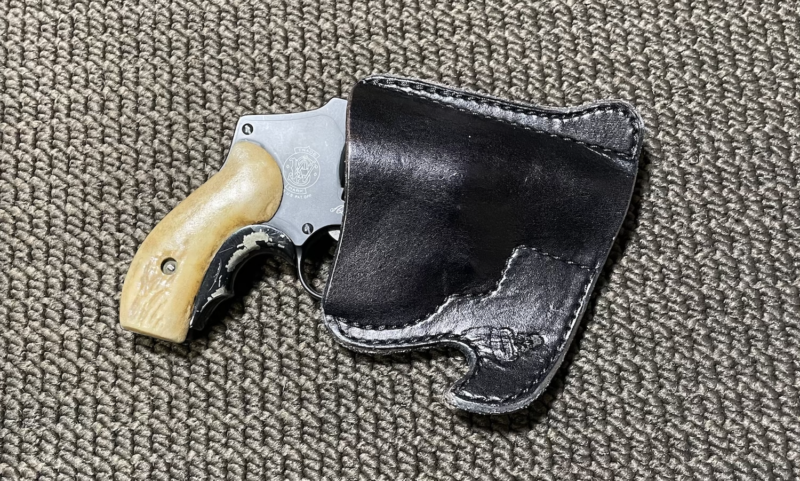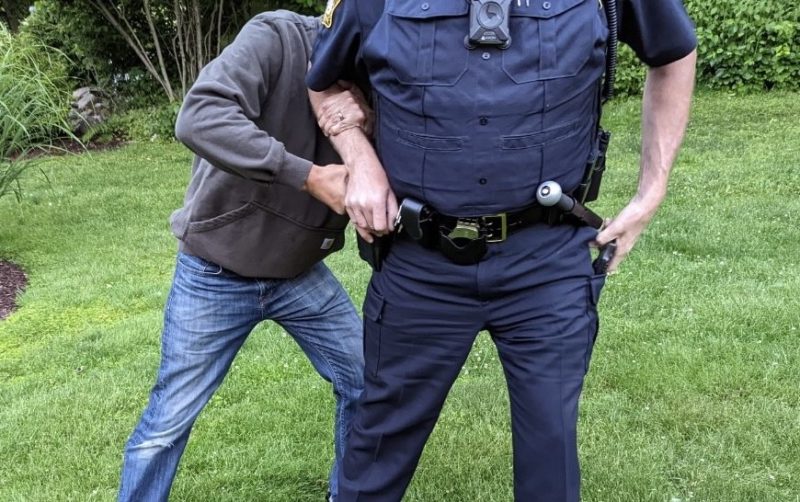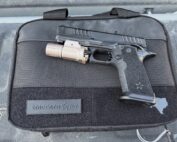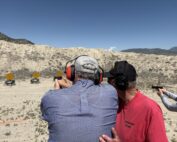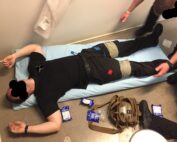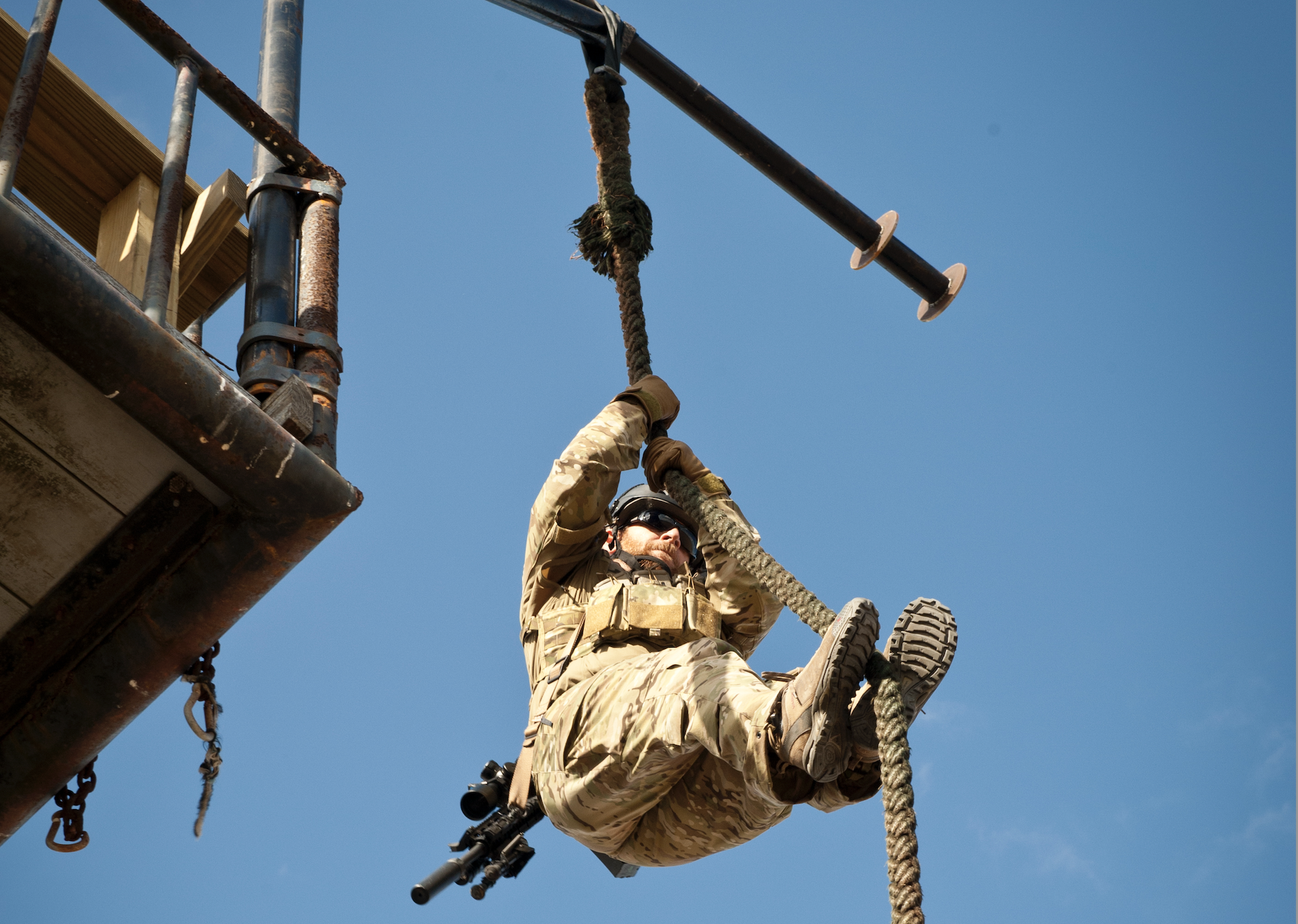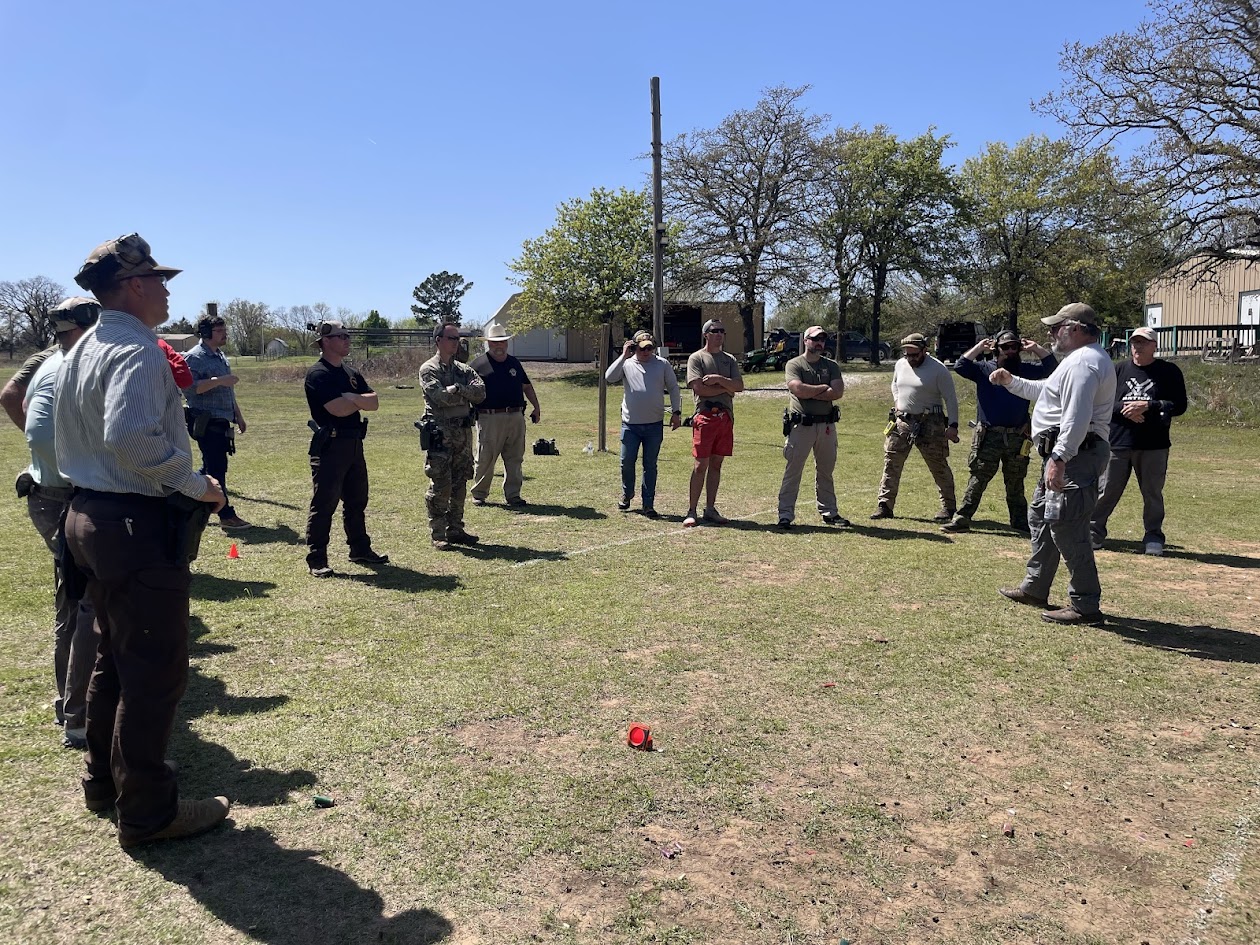
bug2022-06-20 at 6.01.55 PM
Carrying a backup firearm while on duty is not as popular as I believe it should be. I am the only Constable (in a 13-officer agency) carrying a backup gun (BUG) on duty. Let us look at the pros, cons, and options available for backup gun carry.
Some reasons for carrying a backup pistol are apparent. Firearms can fail, and sometimes without warning. Some have been damaged by incoming gunfire. Access to a backup gun may mean life or death for an officer if their primary fails in an armed encounter. Swiftly accessing and drawing a backup gun can keep you, your wingman, and the public safe and alive.
Further, if an offender takes your primary pistol, you could access your backup and end the threat. Being hit by gunfire in the hands and forearms is common during gunfights as people will focus on the firearm and hit the hands while shooting. Having another handgun, you can use should your primary become inoperative can make a real difference.
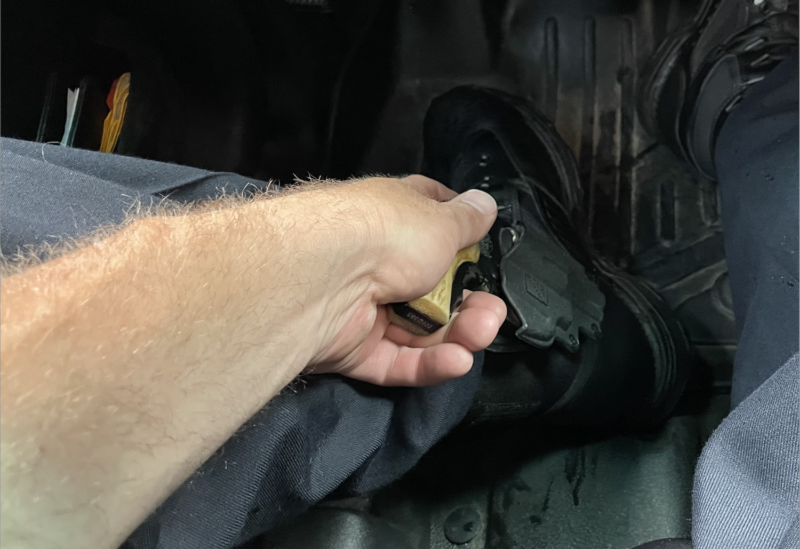
Drawing from an ankle holster while seated in a car. Cops spend a lot of time here, so it’s good to have accessible gun.
Now let’s look at what to carry and where to carry that backup pistol. I am a strong proponent of support side pocket carry. As a young trooper, I carried a J frame revolver inside my left ankle for many years. I believed I could access it with my right hand and draw it while seated in a vehicle if I had to. What I failed to consider at the time was what could happen if I ended up on the ground in a fight. Would I give the BUG to the offender if I kicked at him? The uniform I was required to wear at that time also did not have side pockets. So, I was stuck with front pocket or ankle carry. I chose ankle due to ease of access, and I always kept in the back of my mind that I would need to be cautious about kicking during a fight where I ended up on the ground.
Once I started doing truck safety, and my uniform was of a BDU type, I would secure my backup pistol in a pocket holster designed for a cargo pocket on my support side. I felt this was the best option as I could draw it with my support hand – if my strong hand were injured. Also, I could use my strong hand to secure my primary pistol in the holster in the case of a gun grab. I could then draw my backup with my support hand and deploy it if it became necessary to do so. I kept the zippered pocket about 2/3rds closed, and to remove it, I would jam my hand through the opening. By not carrying on my ankle, I was less worried about losing it in a struggle.
I prefer a small J frame revolver with a concealed hammer as a BUG for a few reasons. It is reliable and needs very little maintenance. .38 Special is an adequate caliber. It would not be pushed out of battery during a contact shot, like a semi-auto pistol. This was important for a BUG as I would likely be grappling with an offender and may have to resort to a contact shot. Likewise, if I should find myself attacked from behind and I could not see the attacker, by feel I could push a revolver into the offender and ensure a hit without taking it out of battery.
There are arguments against a BUG too. Weapon retention concerns are doubled. You must maintain both handguns. Plus, some agencies may not allow for a BUG or discourage it even if it is officially allowed.
You must train and qualify with the BUG. My former agency had a BUG-specific class and qualification course. Stages included:
- Drawing the backup while on the ground.
- Drawing with your support hand.
- Shooting one-handed.
I believe these are necessary to ensure you and your co-workers are adequately trained and capable of carrying and using a backup gun.


 (No Ratings Yet)
(No Ratings Yet)